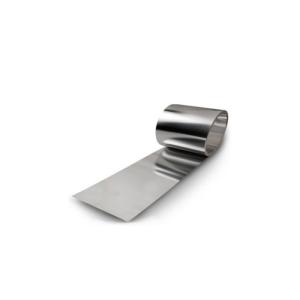

Clean the substrate thoroughly to eliminate all residual dirt and surface impurities.Remove any heavy soiling by degreasing the metal component.The chrome plating process typically includes these stages: Hard chrome plating involves an electrolytic process that adds a layer of chromium to a metal component inside an electrolytic bath. Hard Chrome Plating Process How Is Hard Chrome Plating Applied?
Cobalt chromium plating kit professional#
The plating professional will then lower it into an electrochemical bath until they achieve the desired thickness. This component may also need other types of pretreatment depending on its makeup. The first step in the industrial chrome plating process is typically degreasing and cleaning the surface to prepare it for the chromium application. It's also conducive for use in many environments. Hard chrome plating is more durable and has a broader range of applications. Decorative chrome’s fundamental purpose is to enhance the visual appeal of an object by applying a thin chrome coating. Hard chrome offers a shiny, smooth exterior in contrast with nickel's glossier finish with a yellow hue.Ĭhrome plating is the process of applying a layer of chromium to a metal object. Hard chrome, often called industrial chrome, differs from decorative chrome in that it is primarily functional rather than aesthetic.Electroless nickel plating is best suited for hard-to-reach areas.Hard chrome plating is generally tougher and more durable.Electroless nickel plating is more resistant to corrosion.First, let's consider some fundamental differences between the two plating methods:

We'll assess hard chrome and electroless nickel platings in more detail later. What Are the Key Differences Between Hard Chrome and Electroless Nickel Plating? The nickel plating vs. chrome plating debate has been a hot topic in industrial communities, and we're going to highlight the advantages and disadvantages of each plating method. Let’s compare two common types of metal plating - hard chrome plating and electroless nickel plating. While understanding the importance of industrial plating may be cut and dried, choosing the right kind of plating is more complicated. The plated component's intended use will influence your decision because of the different attributes that various usages and environments require. Plating increases the performance of the equipment, reduces direct contact with corrosive materials, decreases friction and increases conductivity. Plating is a process of applying a layer of metal to a base component or material, primarily for added protection. If you work with equipment with metal components, you know industrial plating is crucial for a wide range of metal machinery and parts.


 0 kommentar(er)
0 kommentar(er)
